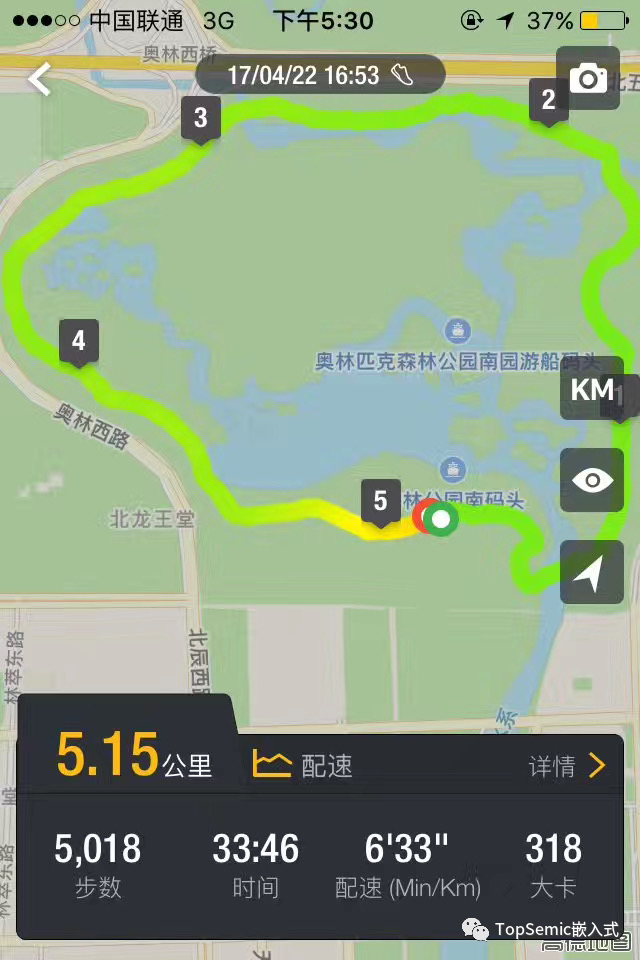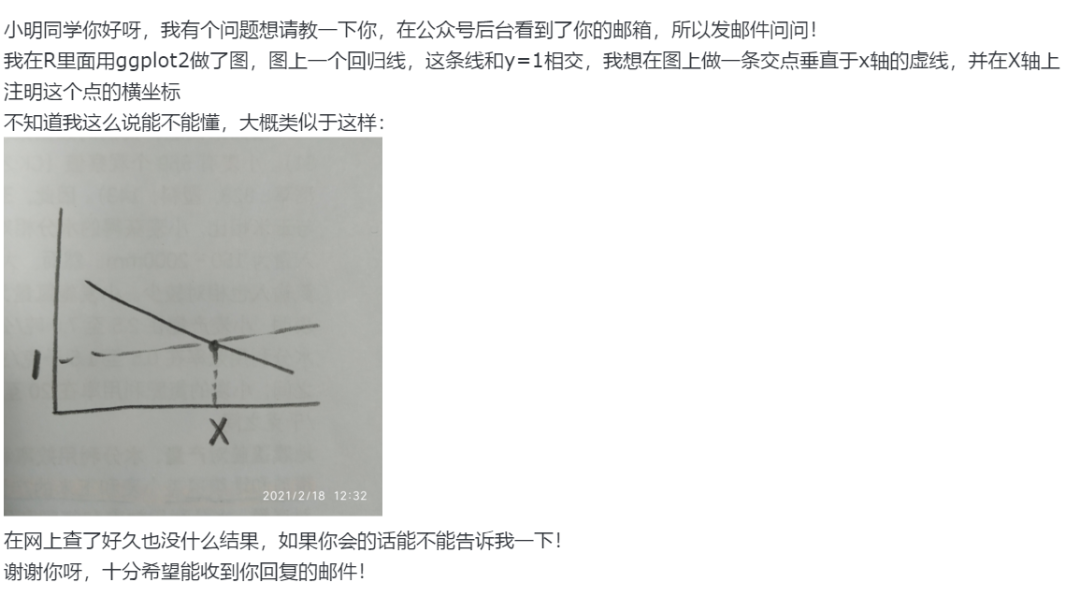原始表
CELL NUMBER ----------ACTIVITY--------TIME<br/>
001................................call a................12.23<br/>
002................................call b................01.00<br/>
002................................call d................01.09<br/>
001................................call b................12.25<br/>
003................................call a................12.23<br/>
002................................call a................02.07<br/>
003................................call b................12.25<br/>
需要-
从尺寸400000的数据集挖掘活动的最高发生的序列
上面的例子应该显示
[call a-12.23,call b-12.25] frequency 2<br/>
[call b-01.00,call d-01.09,call a-02.07] frequency 1
我知道,这可以使用来实现arulesSequences 。 对数据集做哪些我需要开展,以及如何以使用arulesSequences包?
当前分贝格式 - 交易与3列等样品上方。






